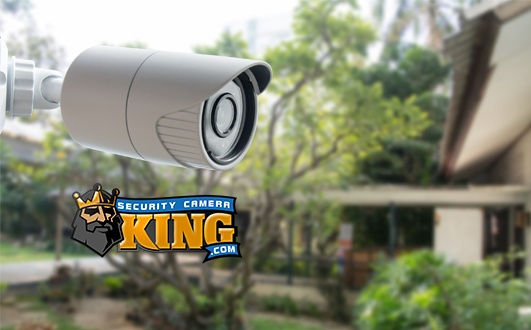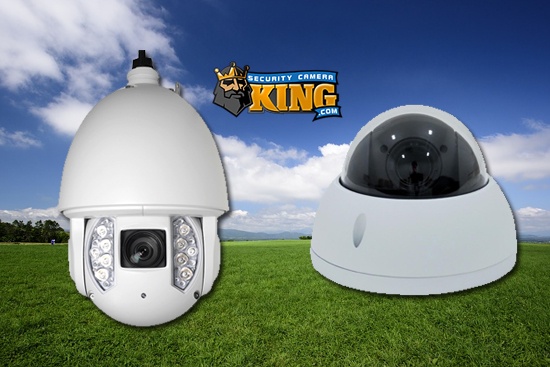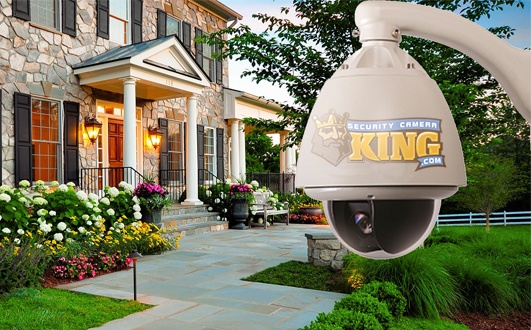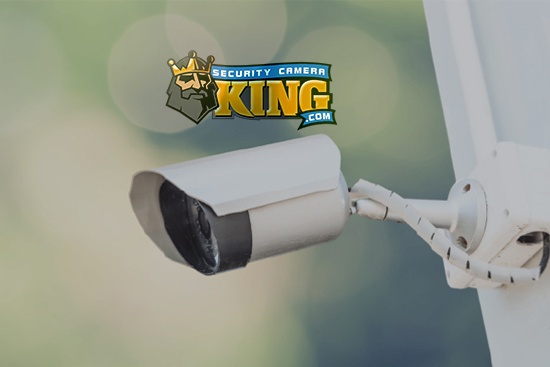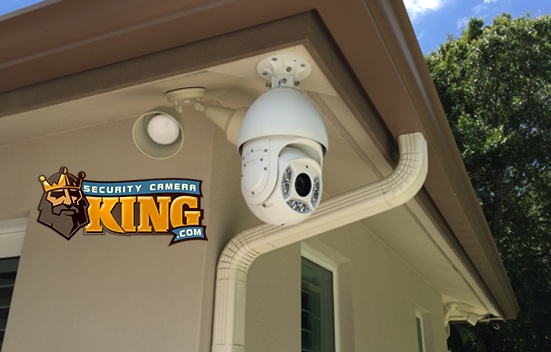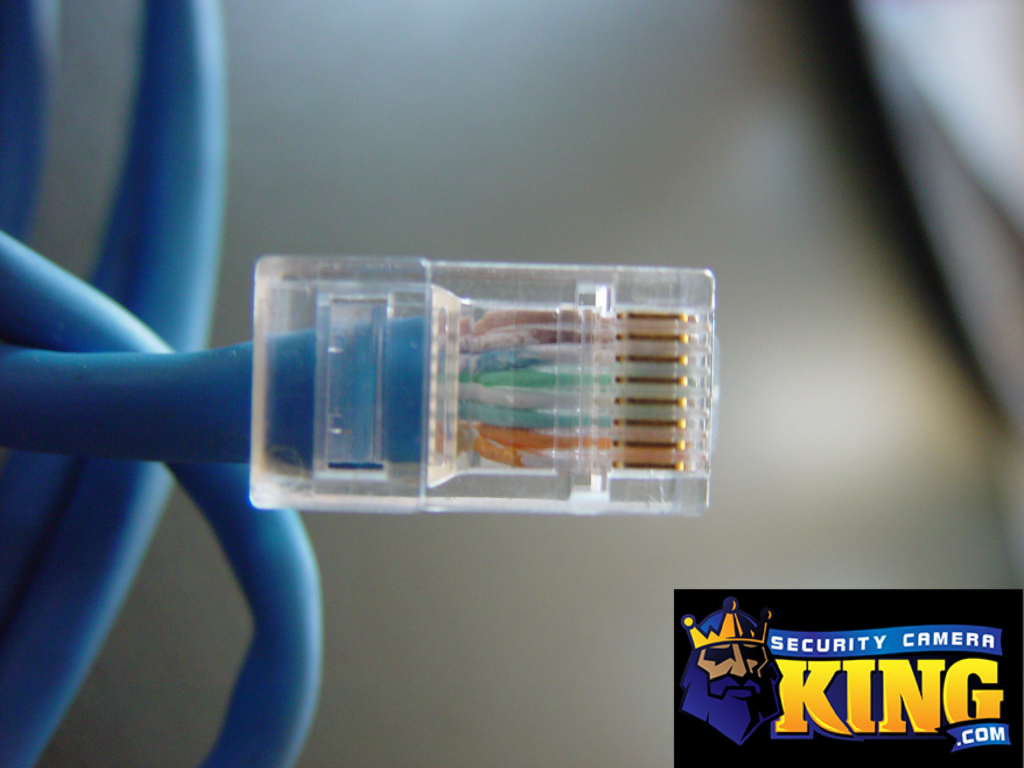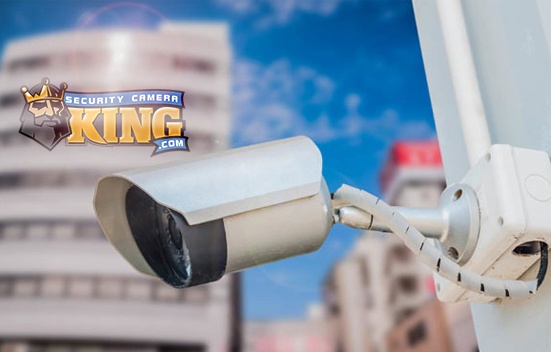Quality Settings for a DVR or NVR
Hey everyone, Joe from SCK here, and today we wanted to talk to you about how to change Quality Settings for a DVR or NVR. When we talk about audio Quality Settings for a DVR or NVR what we really mean is the sharpness, and clearness of the image you will write onto the disk from your cameras and recorder. Additionally, there aren’t many audio quality options, so much as there is the option to enable or disable audio itself. As far as your live view, you’ll also be able to edit audio and video quality settings there. First let’s talk a little bit about why you might want or need to make changes to the Quality Settings for a DVR or NVR.
- Image Crispness-
The most obvious reason to edit your audio and video quality settings is to enhance the clarity of the image you are recording, and/or viewing. There are a few different settings that determine the overall visual quality of the image. Keep in mind there are separate settings for what is recorded, and what is viewed live under normal circumstances.
- Audibility–
Audio settings for cameras with embedded, or, external Microphones might not be set to record by default. Within the audio and video quality settings menus, we’ll be exploring- you’ll be given the option to enable audio recording on either, or both the Main and Sub-Stream settings.
- More footage-
The higher quality the video recording you choose to have, the more hard disk space per second of footage will be consumed. If you have the hard disk space to meet your needs as far as how much footage you can record before overwriting you might be okay leaving your audio and video quality settings maxed out. However, in order to increase the number of days you can store before overwriting, one method is to lower some of your audio and video quality settings. This will cause your footage to cost less space per second to record, thus netting you a larger repository of recorded data before overwriting.
The most obvious reason to edit your audio and video quality settings is to enhance the clarity of the image you are recording, and/or viewing. There are a few different settings that determine the overall visual quality of the image. Keep in mind there are separate settings for what is recorded, and what is viewed live under normal circumstances.
Audio settings for cameras with embedded, or, external Microphones might not be set to record by default. Within the audio and video quality settings menus, we’ll be exploring- you’ll be given the option to enable audio recording on either, or both the Main and Sub-Stream settings.
The higher quality the video recording you choose to have, the more hard disk space per second of footage will be consumed. If you have the hard disk space to meet your needs as far as how much footage you can record before overwriting you might be okay leaving your audio and video quality settings maxed out. However, in order to increase the number of days you can store before overwriting, one method is to lower some of your audio and video quality settings. This will cause your footage to cost less space per second to record, thus netting you a larger repository of recorded data before overwriting.
Okay, so now we know three of the big reasons why we would want to edit our audio and video quality settings. The next question is how do we do this? Well firstly know that the best way to edit your settings for these parameters is to do so directly from the recorder itself using a local mouse and monitor. Whenever making quality settings changes its good practice to perform this operation from the recorder directly to ensure the settings take.
Once you are at the recorder, log in to the main menu by right-clicking anywhere on the screen to bring up the drop-down, and then click the main menu.
If prompted, log in with your pattern or your password.
Once on the Main menu, navigate to the CAMERA option in the bottom left corner.
From here, click the encoded page.
Take note of the fact that the channel dropdown displays channel 1. This means the settings we’re looking at are for channel one only. Sometimes when you apply a setting you’re given the option to copy those settings to other channels. IF you choose to copy settings keep in mind that having various cameras with potentially different specs and capabilities might not work, and you may end up needing to edit them individually anyhow. For this, we recommend not using the copy option unless you are highly familiarized with all of your equipment’s capabilities.
So let’s go over the options here. Note that there are sections for mainstream and substream. We’re going to start with the mainstream.
Starting from the top, the first thing you see is a smart codec slider. We’ll come back to the smart codec slider in just a bit. First – notice that there’s a dropdown giving you the option to switch between General, MD, and alarm. If you only use the general tab- then all of the settings will apply to all scenarios. If you edit one of the other options, the camera will use whatever settings apply to the recording situation at any given moment. For this example, let’s just use general.
For now, the first thing you should look at is Compression. If the option “h265” is available to you here, we highly recommend it. H265 provides the same great image quality as its predecessor h264, at a far reduced file size cost. If not, choose h264 as the next best option.
Next, let’s take a look at the resolution. If your goal is to have the best image quality, and you aren’t concerned about saving space- you should select the highest available resolution in the dropdown. If you’d like to save a bit more space and don’t feel there’s a huge quality loss, feel free to reduce the resolution on the camera.
The next option is Frame Rate. This option determines how many frames or still shots occur per second to make up the motion in the footage. The lower the framerate, the choppier the image- but the more hard disk space you’ll save. Many super high-resolution cameras, such as 4k, have FPS limits usually in the 15-20 range. Lower than 15 and your motion quality will begin to noticeably suffer.
Below this, you’ll see ‘bit rate type’ this is where the smart codec option comes into play as well.
In CBR or constant bitrate mode, your files will always be encoded at the same bitrate, regardless of the scene change or not. The trade-off here is that you get a high-quality, consistent image throughout all of your footage- at the cost of disk space, you might not need to be spending. Set your CBR too high and you’ll use more HDD than needed, too low, and you won’t get your full image quality for the resolution you have set.
With VBR- or variable bit rate, based on what is occurring in the scene, the bitrate will lower itself during moments where the scene is basically not changing at all due to a lack of motion. When the scene begins changing significantly the bitrate will ‘uptick’ to larger file size to allow the full quality of the image when it matters most.
Using SMARTCODEC with this feature will enable VBR and give the recorder more dynamic control over how to impediment this without you having to do too much trial and error. You’ll still have a bitrate # to set, as the ‘top end’ for bitrate.
Lastly, to enable audio click the more settings button. You’ll have the choice to select multiple audio codecs if you please, but the default G.711A is recommended as a great balance between clarity and space-saving. Some mics or cameras may let you alter the audio bitrate, but many times the option is shown is simply what’s available. These settings won’t make a difference if the camera you’re working with doesn’t have an embedded or external microphone.
Now make sure to apply any of these settings by hitting the APPLY option at the bottom of the screen.
So earlier we had mentioned Mainstream- is what gets recorded to your hard drive and is what will affect the final recorded video quality and filesizes. Substream, however, is a lower quality encoding that is used for viewing the live feed locally, and streaming to smartphones and Camera viewing software for your Pc like SmartPSS
If you don’t like your live view image quality, you can raise the resolution here, as well as change the other encoding parameters found in the mains stream. Know that a higher resolution substream means you will use more bandwidth streaming live video.
Thanks for joining us today as we talked about ‘Audio and Video Quality Settings Adjustment’. For any questions on product compatibility, availability or any other information don’t hesitate to give our Sales Pro’s a call at561-288-5258 . Don’t forget to subscribe to our YouTube Channel for more Tutorials and CCTV info. Until Next time, Stay Safe!
Related: What’s the difference between DVR and NVR?
Related: What’s the difference between H264 and H265?
Related: IP PTZ Security Cameras – All There is to Know
Related: Resolution, and why does it matter?
Related: What are active deterrence cameras?
Find Us On: Facebook | Twitter | YouTube

